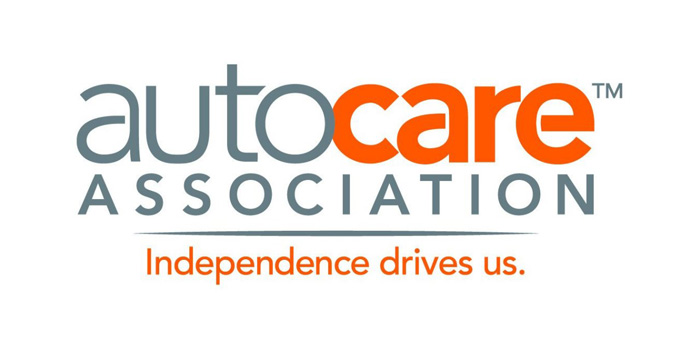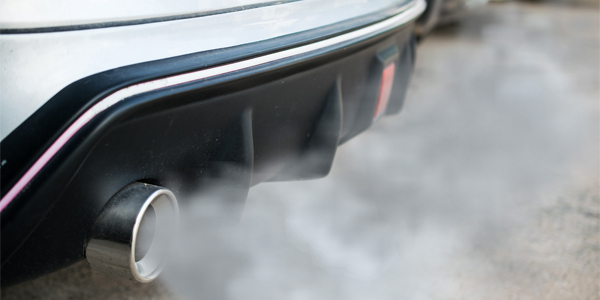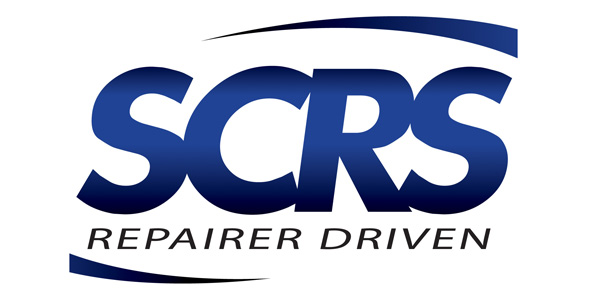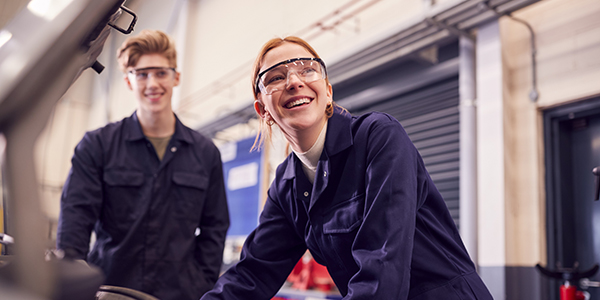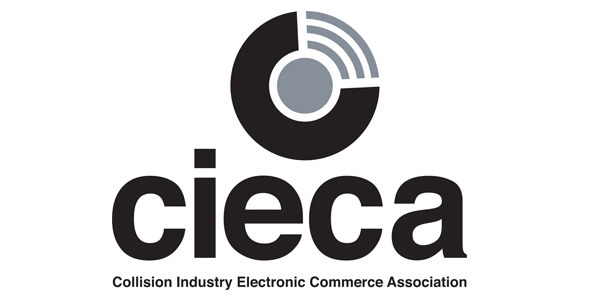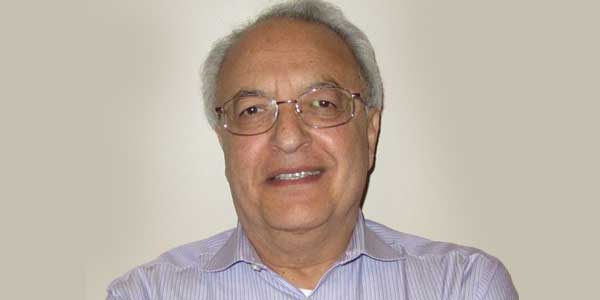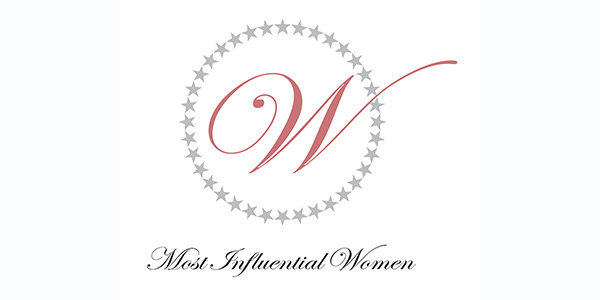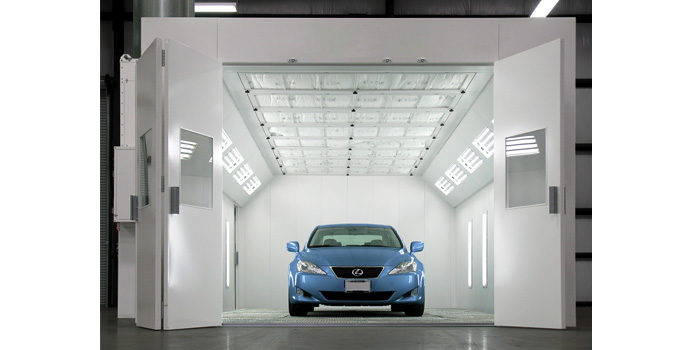 As I got into my car today, I was reminded of just how much I love spring. After a long and relentless winter, the gray is finally being washed away from the sky and color is finally starting to emerge from the landscape around us. We also start seeing washed cars again and their beautiful finishes gleaming in the sunlight. There’s nothing like the beauty of a sports car with a tri-coat red or deep metallic black paint job that shimmers in the daylight. Spring also means you’ll start seeing winter-damaged cars come through your door requiring new bumpers, side mirrors and paint.
As I got into my car today, I was reminded of just how much I love spring. After a long and relentless winter, the gray is finally being washed away from the sky and color is finally starting to emerge from the landscape around us. We also start seeing washed cars again and their beautiful finishes gleaming in the sunlight. There’s nothing like the beauty of a sports car with a tri-coat red or deep metallic black paint job that shimmers in the daylight. Spring also means you’ll start seeing winter-damaged cars come through your door requiring new bumpers, side mirrors and paint.
This leads me to this month’s article on spraybooths. You know, the huge boxes taking up a ton of room in the corner and making you a whole lot of money – if used properly, of course. They could also be costing you money if not designed, used and maintained properly. So, let’s get right into it because we have a great topic this month.
Introduction to Airflows
You can’t start a conversation about booths without talking about airflow. There are four primary types of airflows that can take place within a booth. They’re categorized as:
- Crossdraft
- Semi-crossdraft
- Side-downdraft or semi- downdraft
- Downdraft
How the outside air enters the booth, moves through the booth cabin and exits the booth are key factors to consider. For instance, if your booth pulls the “clean” air for your booth from the inside of your shop, the booth will create a vacuum inside your shop. When an open shop work area is under vacuum, the booth pulls contaminates from inside your shop directly into your booth. A quick way to tell if this is the case is if your shop doors are harder to open while the booth is operating. This is not optimal if you’re looking to achieve a finish that requires minimal time removing impurities and limited rework. In addition, you’ll find yourself changing out filters more often because they load (become saturated) at a faster rate. We’ll talk more about maintenance later in this article.
Technology Advances
By far, the most important advances within this equipment space in the last 10 to 15 years have surrounded energy efficiency. Indirect heating has been replaced with direct fire heating which delivers a more efficient transfer of energy from the flame to the surrounding environment.
The addition of air recirculation in the “bake mode” has provided significant cost savings for shops utilizing this technology. With air recirculation, up to 80 percent of heated air is being brought back through the heating cabinet. This drastically reduces the amount of fuel necessary to keep a booth at the set temperature. One caveat to consider before adding recirculation is how the manufacturer designs the filtration for the air return to the heating cabinet. Be sure to determine how well-filtered the air is before reentering the heating cabinet. If overspray is not filtered out up front, you’ll end up with additional and unwanted maintenance issues.
Fan technology has drastically improved as well. Combined with advanced control systems, your intake and exhaust systems work together to keep your booth cabin at a constant pressure. Fans that gradually ramp up (variable frequency drives or VFD) versus fans that come on hard and stay at full speed provide significant energy savings as well. I’m a big “fan” (don’t everybody groan all at once) of automation in the booth and tailoring the environment settings for your painters to allow them to obtain optimal results.
Financial Considerations
If properly maintained, a booth will last you 20 to 25 years or more. With that lifespan in mind, buying a solidly constructed booth should be a primary consideration. Remember, you’re going to be creating vacuums and directing airflows within the booth cabin. Over time, the expansion/contraction of the booth can cause joints and seams to fatigue, much like the fuselage of a pressurized airplane. In 10 years, you don’t want to be wondering where all the dirt in your paint is coming from, only to find out it’s being drawn in from the sides of your booth instead of through the intake filters.
When considering if you’re going to invest in a single-wall or double-wall booth, there’s a cost differential that needs to be addressed. Single-wall booths are less expensive but do not provide you the insulation qualities that a double-wall booth provides. In other words, you’ll see more heat loss directly into your shop from a single-wall booth than a double-wall booth. Translate that into using more electricity and costing you more money over a 20- to 25-year time period. Double-wall booths are more aesthetic to your customers and should be used as a sales tool to capture additional revenue.
Also, determine if your booth can be easily upgraded and/or allow additional features at a later time. For instance, a shop starting out may not consider heat as a must-have because the car volume is low and longer drying times may not negatively impact vehicle deliveries. Another example is a production shop that’s looking to convert to waterborne that will need to have additional air volume added to its existing booth. Some booths come standard with fans that deliver enough CFM to accommodate waterborne paint, while other manufacturers provide retrofit options that add airflow. Ask all of your questions up front so you’re not surprised in the future.
When it comes right down to it, a lot of your booth purchasing decisions will be based on the overall cost of the booth and what you’re able to spend at the time of installation. Listen, I get it – not everyone has a ton of cash just lying around that’s begging to be invested in a piece of equipment, especially if you’re just starting your first shop. But what you can do is choose the right booth manufacturer to start with and add functionality as your business grows and cash flow improves.
Inexpensive options should be identified and considered in order to determine what value they hold and whether they meet your long-term goals. “Cheap” options should be avoided at all costs. Cheap equipment can quickly become the most expensive investment ever for your shop.
Let’s not forget the cost to install your booth or new equipment. In certain cases, installation costs can double the cost of the equipment being purchased. This is where your trusted manufacturer or distributor can earn your long-term business and may just save you a boatload of cash.
New Booth or Retrofit
A lot of planning should go into choosing a new booth or retrofitting an existing one. You don’t have to undertake this effort alone. Once you have an understanding of what you’re going to be working on (light automotive to tractor trailers) and the amount of volume you plan on doing over the next five years or more, reach out to your preferred vendor or vendors.
A trusted manufacturer or industry professional should be included in the planning process. If you don’t have a trusted manufacturer or distributor, I suggest asking a few shops in your area who they’re using and what their experience has been with them. Find a company that has a great reputation within the industry, manufactures quality products, has replacement parts always in stock and are readily available to return a phone call.
Additional Considerations
Safety should be first on our list when it comes to making sure that everyone goes home at the end of the day. Fire suppression and safety devices are often mandated by local municipal codes. Know whether or not you need to have water sprinklers or dry chemical fire suppression in your facility. Depending on the installation, this can add significant costs to your project. Verify that the fire suppression folks know exactly what temperatures your booth will be operated at. Recently, I stood in a booth that had the wrong temperature nozzles installed. Trust me, it’s really easy to turn a booth into a sauna in about two minutes.
It’s highly recommended that you have a disaster/recovery plan in place. This plan should describe in detail how you’re going to get your business running after an unplanned event, such as a fire within your shop.
Lighting is a critical factor impacting the quality of your finished product. Make sure you have lighting fixtures that meet local codes. You also need to make sure you have even illumination throughout the interior of the booth. Color temperature should be approximately 5,700 K, where light is midway between red and blue. This gives the painter the most accurate representation of daylight. Light fixtures should also be capable of delivering the entire spectrum of light. If you’re still painting in a booth with lighting made 20 years ago, it’s time to upgrade. You’ll not only improve your color matching accuracy, but you’ll save money on electricity as well. Regardless of a new installation or a lighting upgrade, get a lighting expert to help you. You’ll be happy with the results, and so will your customers.
Integrated fixtures to hang parts (please stop hanging parts from your ceiling filters with hangers) or built-in lifts to allow the technician to raise vehicles can improve productivity and quality as well.
Maintenance
When was the last time you walked into your booth? Did you see overspray all over the walls, clogged and dirty filters, dirt and dust accumulating in the corners, trash sitting off to the side, etc.?
Treat your booth like a computer server clean room. Get on a filter maintenance program and stick to it. Dirty or “loaded” exhaust filters create drag and make your fans work harder until they’re unable to move enough air through the system. I suggest you make it mandatory that the booth be cleaned on a regular basis and verify that it has been completed. Depending on the volume of your shop, you could be dedicating a fair amount of resources to maintenance on a weekly basis. Don’t forget, maintenance is always less expensive than redos and reduced CSI.
Several companies provide products such as spray-on wall protectant or plastic sheets to keep the walls of your booth clean from overspray. Be sure to remove and reapply wall protectors as necessary to reduce the opportunity for contaminants to impact your paint processes. If your booth is not protected now, set aside enough time to clean your booth thoroughly and then begin using protectors.
Sure, you may be paying someone minimum wage to buff out the paint and resolve other booth issues, but what does that hourly cost mean to you over the period of a year if 50 percent of the detailer’s time is spent removing dirt that should never have been there in the first place? It’s more than $10,000 per year per detailer – or more if you add in taxes, insurance and benefits.
Ask your vendors to provide you with recommended maintenance schedules based on your shop’s production volume. They’re a great resource to utilize.
Conclusion
Flawless paint jobs don’t happen by accident. In fact, it takes a lot of work to maintain your shop’s paint quality. It’s also the first thing your customer looks at when they get their vehicle back. So, next time your customer says you did a great job on their vehicle, show them your booth with a sense of pride. It speaks volumes about how you run your business and the quality of work you produce.
Contributors to this article include Debbie Teter, marketing director and Anthony Demarest, controls engineer, Germat USA; Mark Ross and Tom McVerry, Amerex Corporation; Guido Pippa, director, North American sales and distribution, Accudraft; Tim Morgan, managing director and Tom McGee, business development manager, Spanesi Americas; Jeremy Hagan, vice president of sales and marketing, AFC Finishing Systems; Donnie Montgomery, president, Compliant Paint Booths; Chuck Koenen, president, Kayco Spray Booths Inc.; and Allen Jenkins, president, UniCure Spraybooths.

